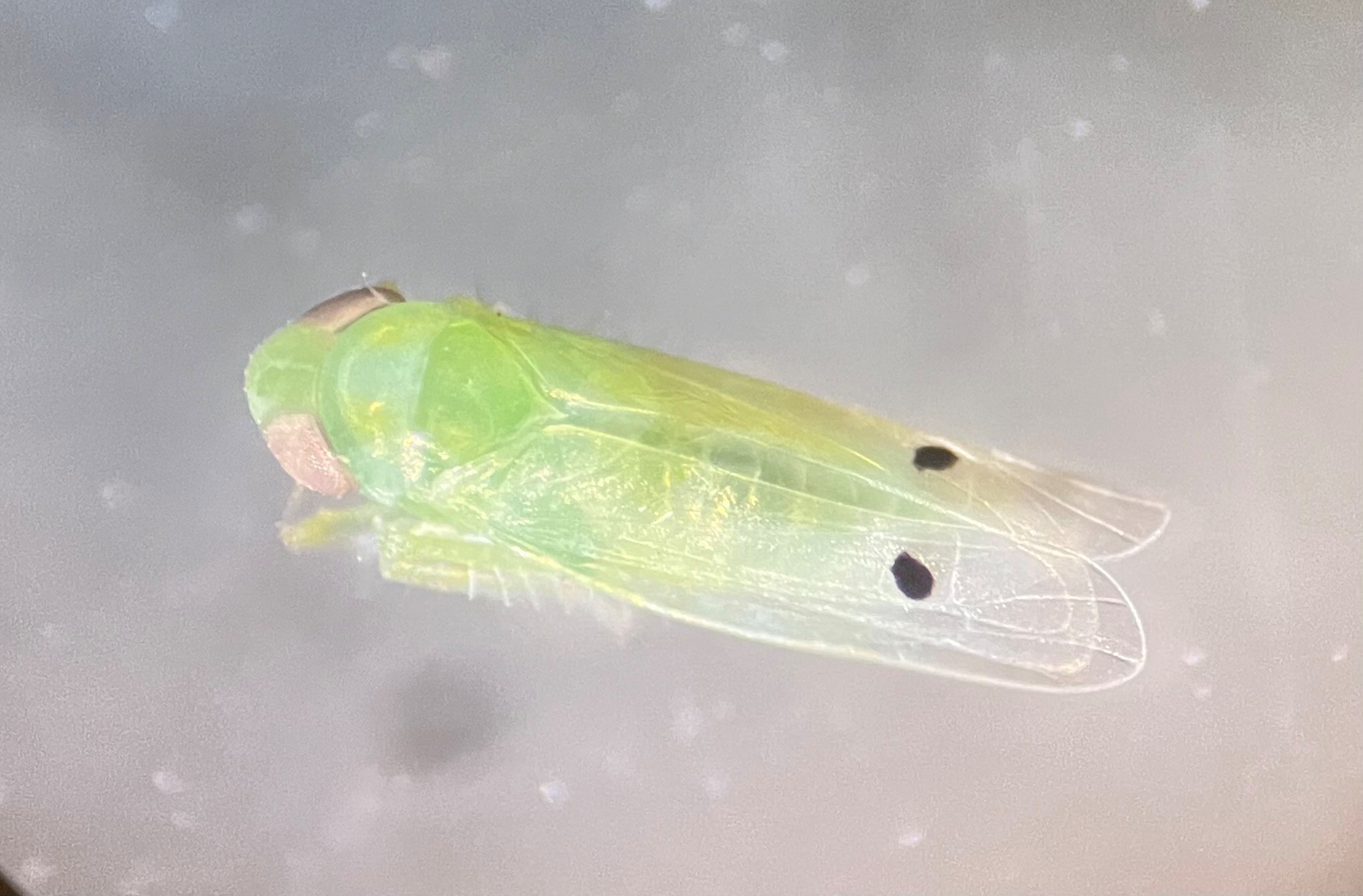By Stephanie Schupska
University of Georgia
Americans eat $1.1 billion worth of bananas each year, or as much as 33 pounds per person. Almost all of it comes from foreign countries. University of Georgia researchers are working on ways to get Georgia a slice of that banana cash pie.
Georgia may be known for peaches, but pecan is the state’s top fruit and nut commodity, followed by blueberries and then peaches. While it may seem far-fetched to add bananas to that list now, Georgia is a fine place to grow bananas for food or as a landscape plant, says Greg Fonsah, an economist with the UGA College of Agricultural and Environmental Sciences.
“If our research succeeds, bananas will be like other fruits such as blueberries and strawberries,” said Fonsah, who heads the UGA banana project. “It will be our new commodity, and at least part of that $1.1 billion spent to import bananas to the United States would be going back to boost our economy.”
American bananas — worth $13 million annually — are currently grown on 1,500 acres in Hawaii and 500 acres in Florida. The types produced in Florida are ethnic varieties, unlike the ones typically found in grocery stores.
Georgia bananas could be grown in coastal and southern areas of the state, he said. These areas have a subtropical climate much like Israel, South Africa and some Asian countries that successfully grow and export bananas to the U.S., which imports 31 percent of the world’s bananas.
“Globally, banana and plantain are the fourth most important crops in terms of food security and value,” Fonsah said.
The UGA banana collaborative team includes plant pathologists Alex Csinos and Pingsheng Ji and Fulbright scholar Daouda Kone from Cocody-Abidjan University, Cote D’Ivoire. CAES horticulturist Gerard Krewer has helped, too.
The team is working with 35 different banana varieties at the Bamboo Farm and Coastal Garden in Savannah, Ga. They’re trying to find the best banana varieties for Georgia’s climate and to discover which diseases Georgia producers will have to fight once they grow bananas commercially.
The work is already paying off.
A disease called black leaf spot was confirmed for the first time in Georgia last year at the Savannah research plots. Caused by the fungus Deightoniella torulosa, the disease causes problems in major banana-producing countries in Central America.
“Black leaf spot affects the fruit and makes it get rotten very fast,” Fonsah said. “It looks so bad cosmetically, like a big black scar on the banana’s body.”
The disease can affect bananas while they’re still in the field. But its economic hit comes when it shows up as spots on the banana’s skin en route to marketing outlets. Cosmetic appearance is how consumers judge banana quality.
“Ultimately, consumers reject the fruit, and if they reject the fruit, you’re losing a lot of money,” Fonsah said.
Now that black leaf spot has been discovered in Georgia, the team, Fonsah said, will continue to trace other possible diseases and other growing problems. He hopes to compile a book to help guide Georgia farmers on how to plant and market their bananas.
Before joining CAES, Fonsah worked for two decades with multinational companies such as Del Monte Fresh Produce, Lapanday Food Co. in the Philippines and Aloha Farms Inc. in Hawaii, where he initiated their banana export market to Japan, Dubai and Hong Kong. He has also served as a banana and marketing consultant in many countries.
(Stephanie Schupska is a news editor for the University of Georgia College of Agricultural and Environmental Sciences.)



